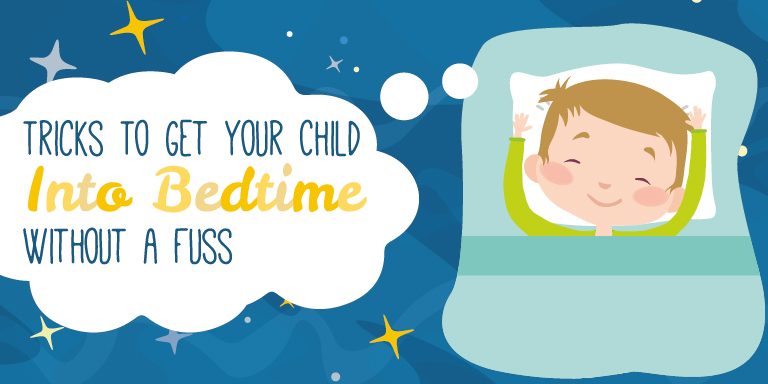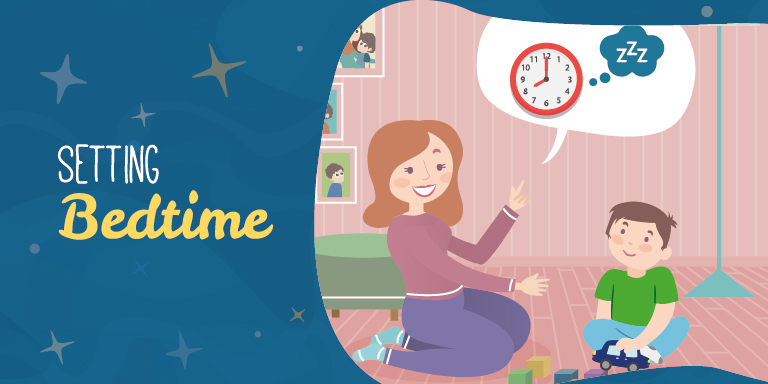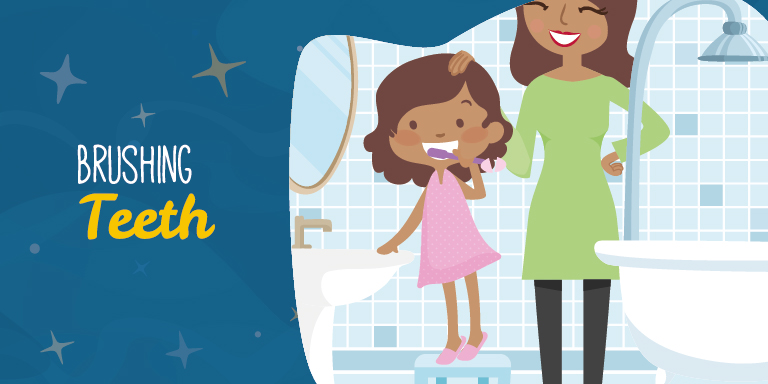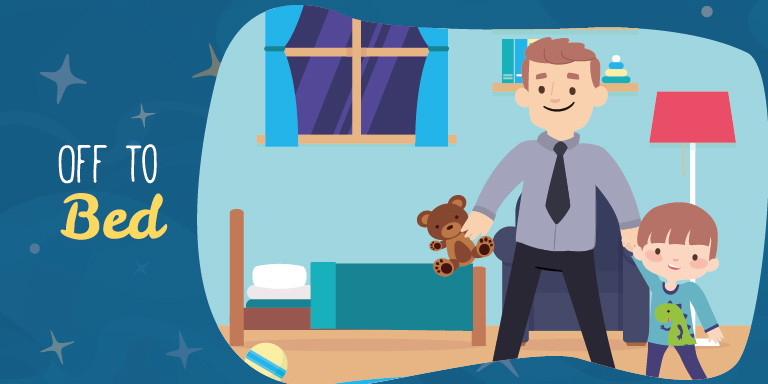
Bedtime is one of the hardest parts of parenting. Many kids won’t head to bed willingly…or happily. As kids get older, the “five more minutes” plea becomes a popular battle cry. When bedtime finally culminates into actual sleeping children, hours have passed.
Parents often are perplexed about how to streamline the bedtime routine. After all, kids need their sleep and so do their parents! According to the National Sleep Foundation, grade-school children need between nine and 11 hours of sleep each night. So why don’t they just go to sleep?
Children thrive on routine and bedtime is no different. In an interview with WebMD, Jennifer Waldburger, co-founder of Sleepy Planet Parenting and co-director of the Mindfulness program at Stephen S. Wise School in Los Angeles, weighed in on the bedtime battles and offered a bit of guidance for parents.
“What she needs is some time with you and good sleep,” Waldburger told the site in an interview. “There’s a whole war between a parent’s head and heart that keeps them from doing [what needs to be done].”
Setting Bedtime

According to Waldburger a child’s bedtime shouldn’t be too late, as this leads to the child becoming overtired. If a child needs nine hours of sleep at night and wakes at 7 a.m., then they need to be asleep by 10 p.m. (not in bed–actually asleep!). If a child takes a while to drop off to dreamland, parents should plan accordingly.
Setting a child’s bedtime too late doesn’t just make sleep harder, but it also may deprive children from getting the amount of sleep their bodies need to grow and thrive. One study has even linked inadequate sleep to childhood obesity.
Say Goodnight to Gadgets

Staring at a screen right before bed actually keeps the body from calming down. According to the National Sleep Foundation, “The blue light emitted by screens on cell phones, computers, tablets, and televisions restrain the production of melatonin, the hormone that controls your sleep/wake cycle or circadian rhythm.” Take away technology—yes, all of it!—an hour before bedtime. This means no television, too!
Begin with Bath Time

A warm bath helps prep a child for sleep. Parents also can add a few drops of lavender oil to the bath, which also helps relax the body. The National Sleep Foundation recommends scheduling a warm bath an hour before bed, so the body has time to cool down for rest.
Let children have fun in the bath with bubbles, toys or even bath bombs! Parents also can buy bath markers and crayons for kids to create tub drawings.
Brushing Teeth

After bath time, get kids dressed in their favorite jammies and head to the sink for tooth brushing. Make brushing teeth a healthier habit by using a timer or a musical toothbrush so that kids brush for the full two minutes (yes, two minutes!).
Off to Bed

After bath and brushing, usher kids to their bed. For younger kids, the bed is going to be the setting for the rest of the routine. Before tucking in a child, make sure all favorite stuffed animals are present and in their designated spots. Have kids give hugs and goodnights to pets and/or siblings before tucking them into bed for the night. This will ensure that children don’t need to get up for more hugs. Also, offer kids a drink of water and make sure they use the restroom (especially if they are younger!).
Peaceful Prayers
Some families incorporate a simple prayer before bed, and other families talk about daily events for which they were thankful. Share a prayer or a few grateful happy thoughts about the day. Or have kids tell you their ‘one happy thought’ for the day. This can be anything that just makes them smile!
Sleepy Time Stories
Reading before bed is a comforting way to prepare kids for sleep. Allow children to select a few books for parents to read to them as their bedtime stories. Once these stories are selected, give kids two choices regarding the number of books they want to read.
When reading to kids, make sure they stay in bed. Story time is uninterrupted time for children to spend with their parents. Involve children in the stories, and ask them questions as you read. If children are learning to read at school, have them help you reading a few easy words or take turns reading.
Lullabies
After the final story, sing kids a sweet lullaby to close out the night. Some parents even recite a goodnight poem as the closing cue. One mom even memorized “Goodnight Moon” and recited it every night to her children. Close the night with a soothing sweet message or song that helps lull children to sleep and lets them know that it’s time for bed. Then give them one last kiss goodnight and turn out the lights!
Up all Night!

Following a strict goodnight routine might still present parents with a child who keeps popping up out of bed. So what then?
What parents should NOT do is engage the child in conversation. Quietly lead the child back to bed and tuck them in. Don’t make a fuss. Don’t negotiate. And don’t give in.
For toddlers that keep getting out of bed, Dr. Dennis Rosen, a pediatric sleep and lung specialist, recommends that parents set up a gate at the doorway of the bedroom. However, Dr. Rosen emphasizes that parents should regularly check up on the child at the doorway so that children don’t feel abandoned by parents.
While bedtime may be a common battle between parents and kids, establishing a consistent bedtime routine helps encourage children to settle in for the night. Children thrive on routines, and knowing what comes next will help them feel more secure and prepare them for a good night’s sleep! Of course, parents will rest easier knowing that those little feet won’t be padding down the hallway and knocking on their door in search of the next drink, hug or “five more minutes!”

